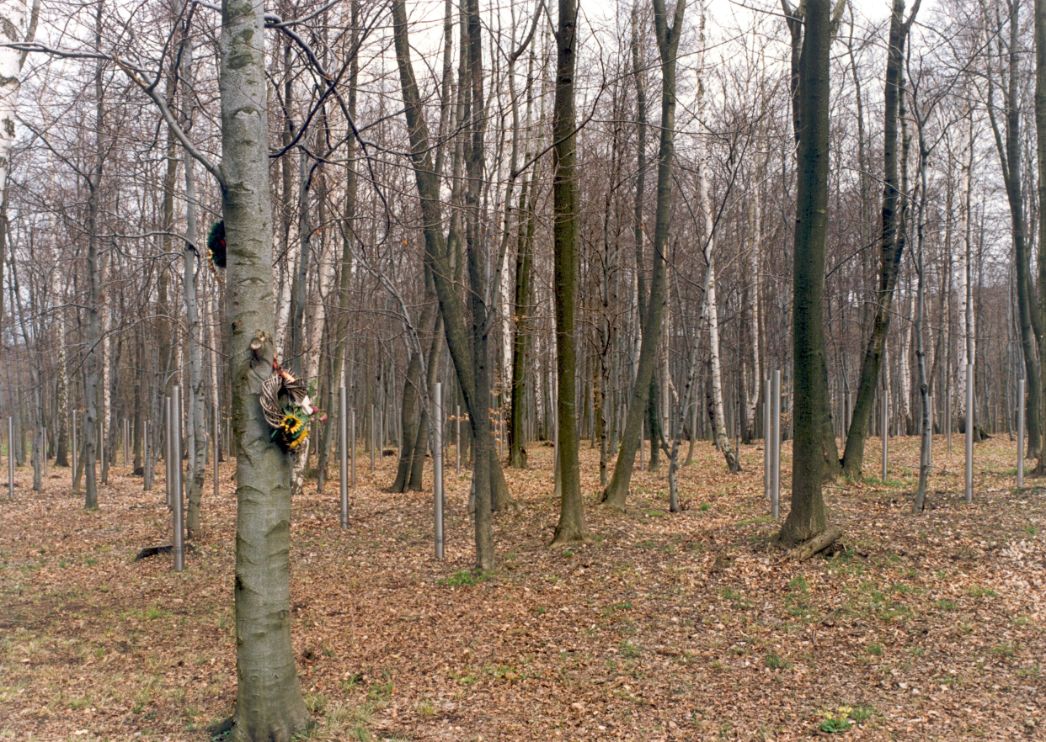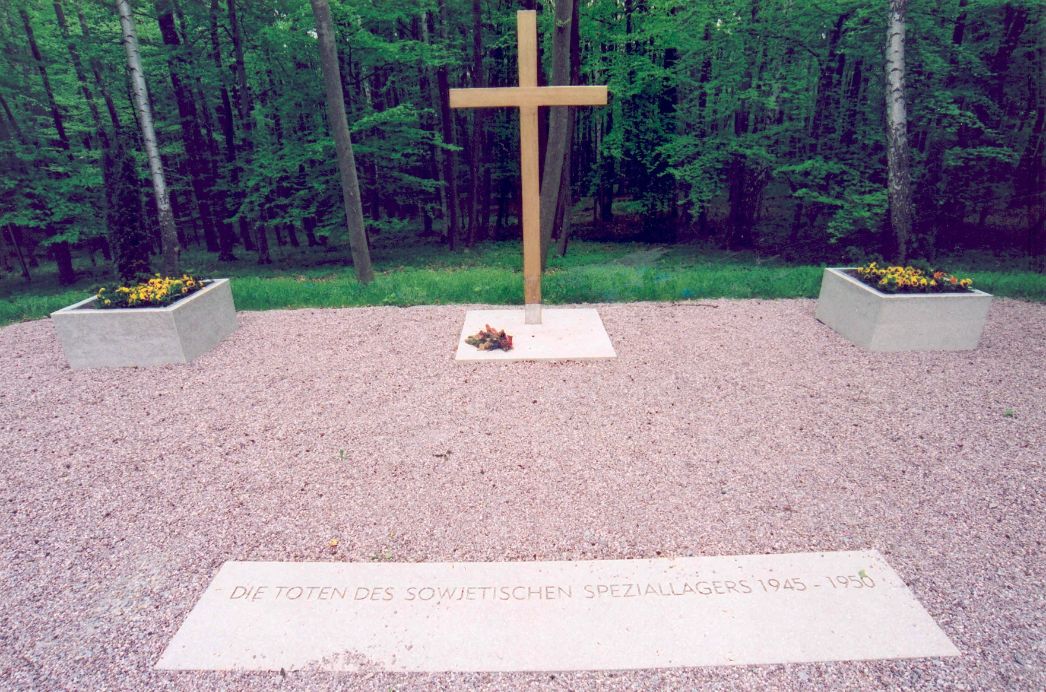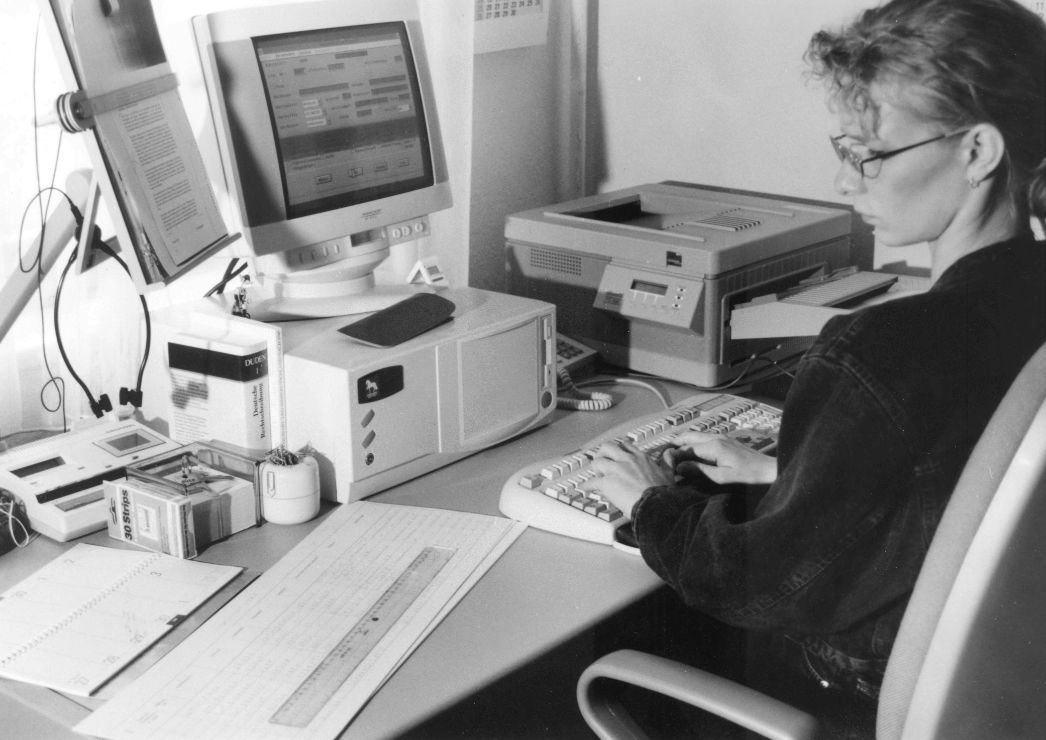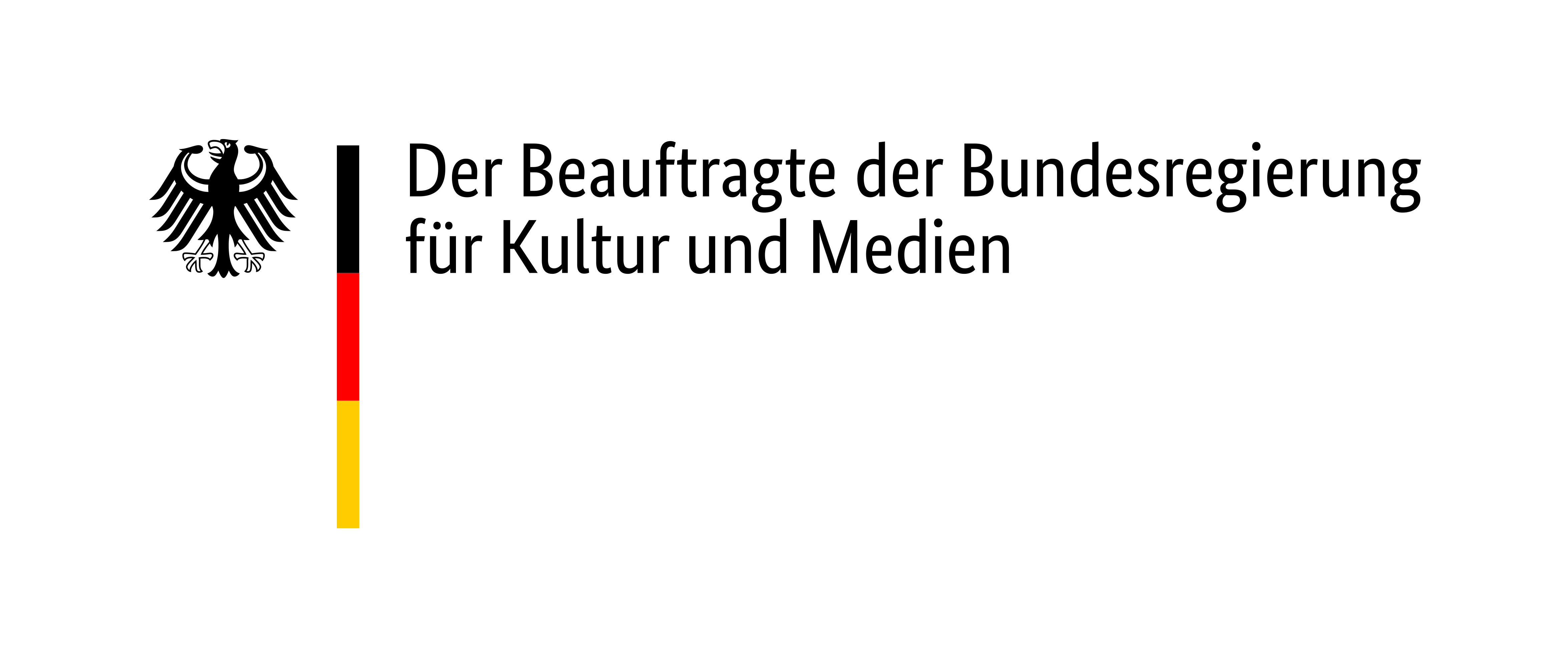
In the early 1990s, employees of the Buchenwald Memorial, together with the Christian Youth Village Association of Germany (CJD), the Bundeswehr, and former Special Camp inmates, cleared the graveyards of vegetation. The memorial initially marked the individual grave sites with numbered wooden pegs before replacing them with steel steles in 1995/96.
A place for individual remembrance was also created at Graveyard I.

The Buchenwald 1945-50 Initiative Group organized the “Buchenwald Meetings” for former internees and their relatives until 2023. For many years, the central location for these meetings has been the memorial site at the special camp exhibition building. Since 2024, the Buchenwald Memorial has continued to organize the event.
The inscription in front of the cross reads: “The dead of the Soviet Special Camp 1945–1950.

The Special Camp files from the Russian archives were translated into German and their information was transferred to a database by memorial staff. This enabled research into individuals as well as statistical surveys, e.g. on the age or reasons for imprisonment of the camp inmates.

Between 1995 and 1997, staff at the Buchenwald Memorial developed a permanent exhibition on the history of Soviet Special Camp No. 2. It was opened in May 1997 opposite the burial ground. This made the findings of the research accessible to a wide audience.

